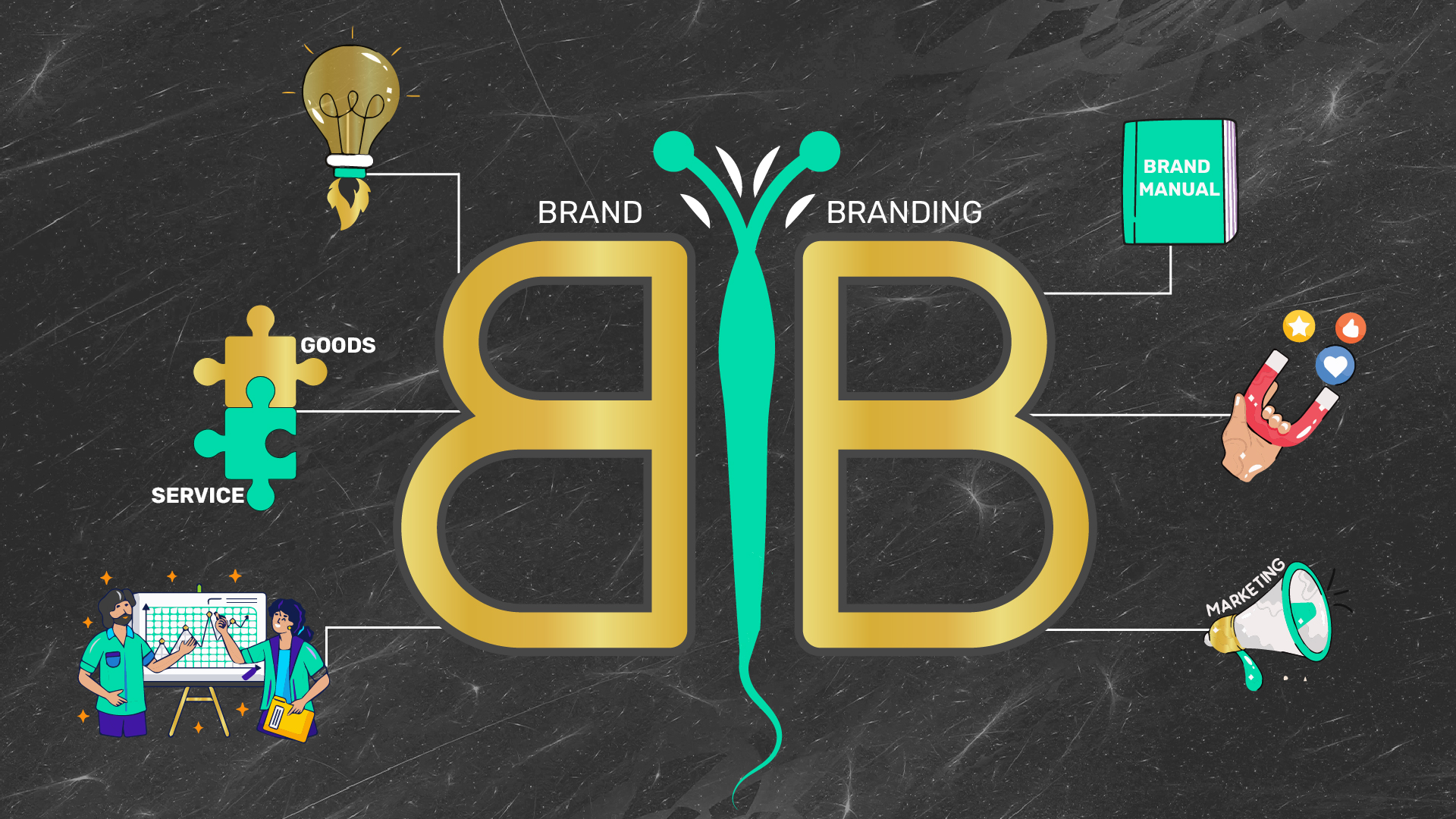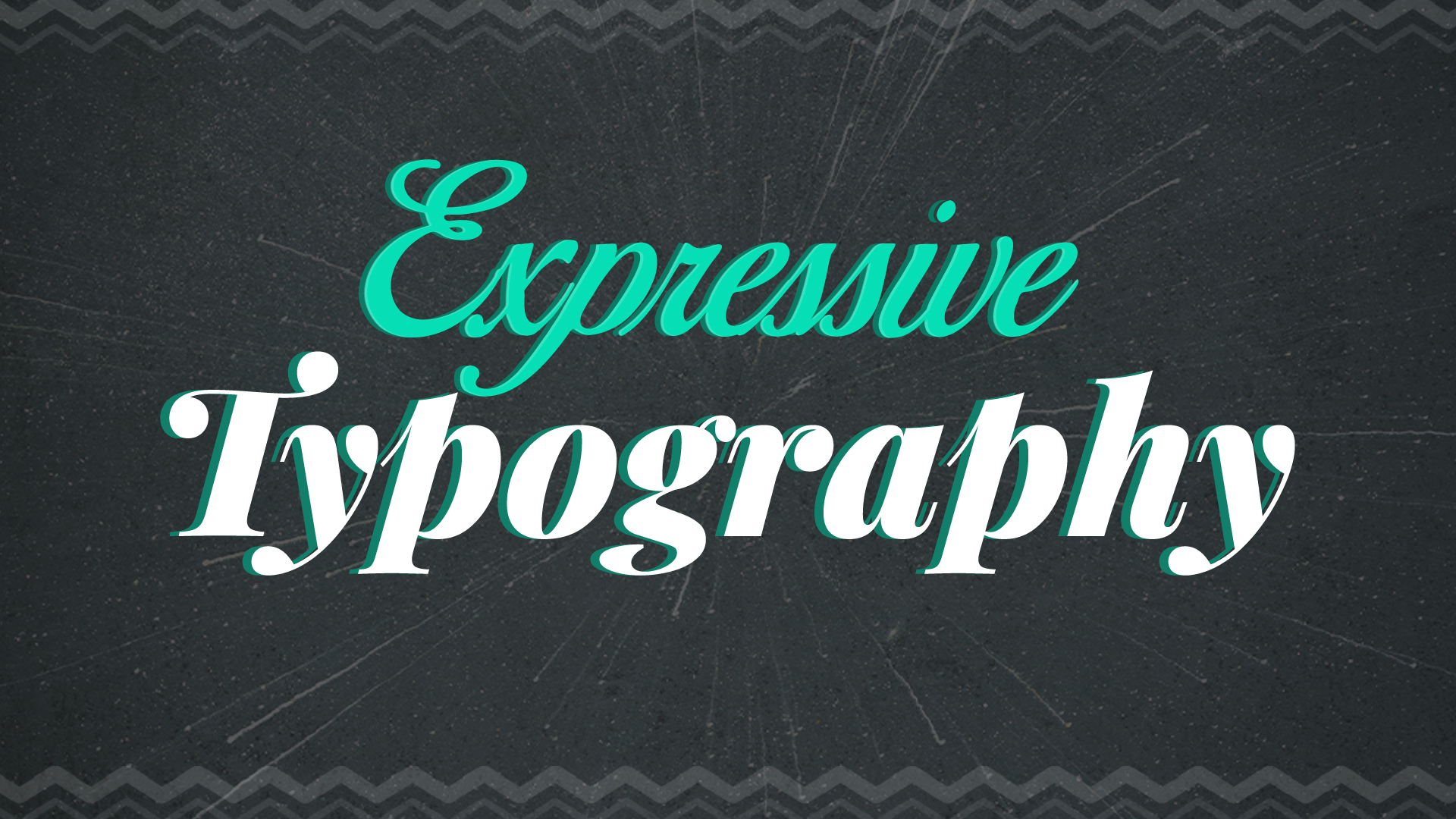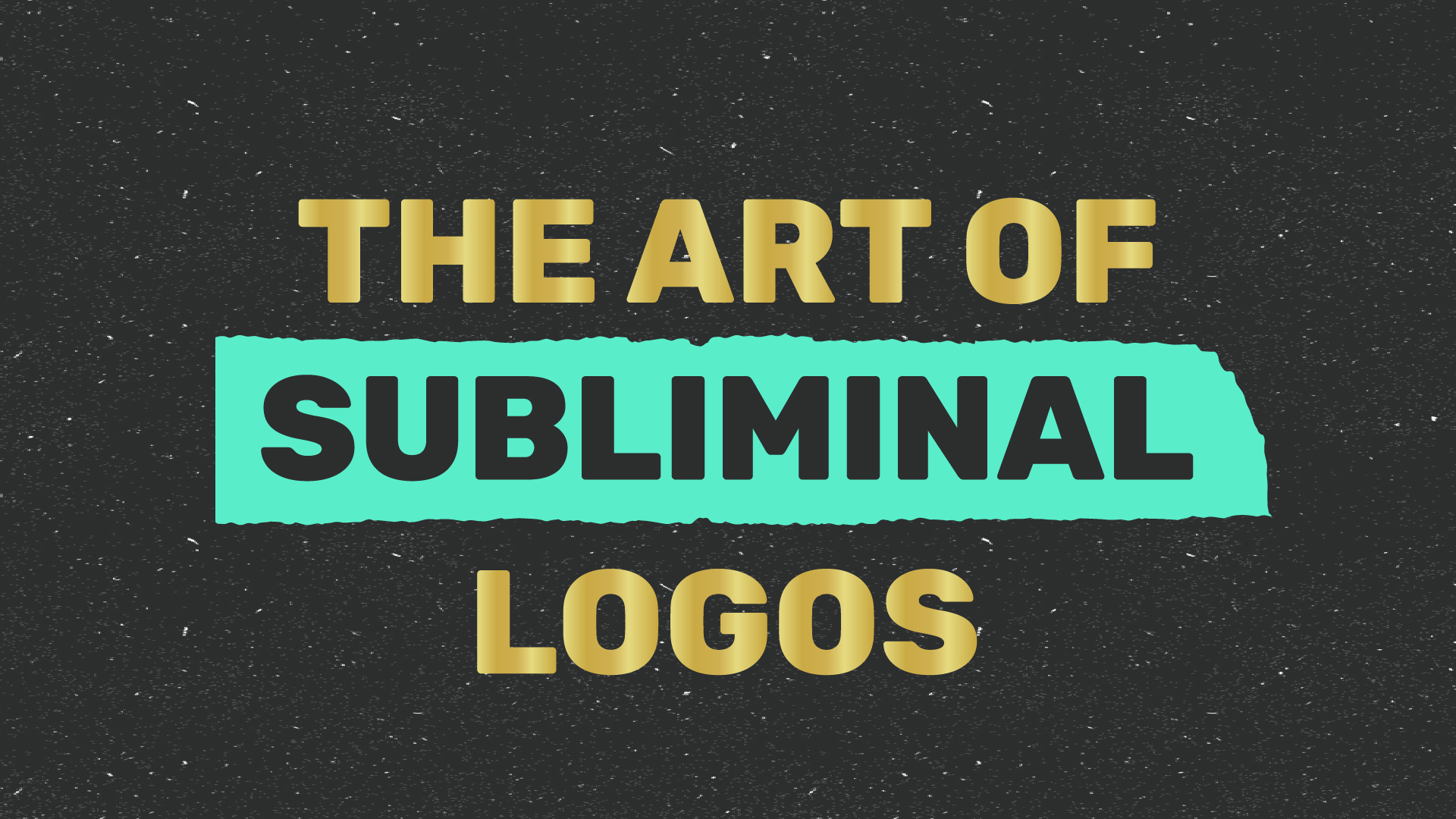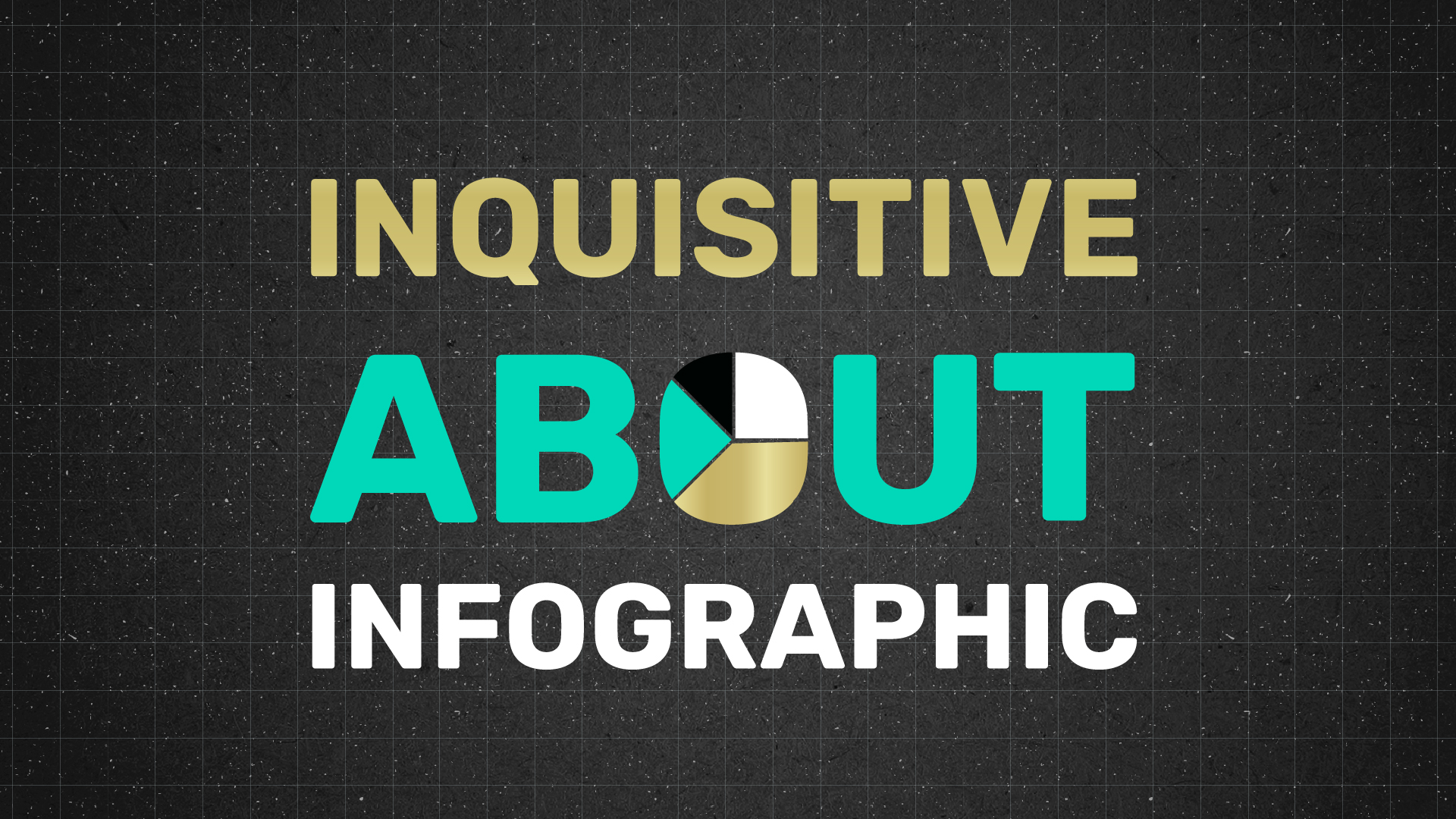
Christmas In A Digital Wonderland
As the holiday season unfolds, Smart Magic is excited to be your guiding light in assisting your brand in spreading warmth, joy, and festive cheer throughout your online presence with the enchanting power of design. In this blog, we take a journey through the magical world of Christmas, and how the team kept this festive holiday to create collateral for our clients. delving into the details and drawing inspiration from iconic brands such as Starbucks and Coca-Cola, exploring the vibrant Christmas colour palette, and showcasing the dance of holiday-inspired fonts that together create a digital wonderland for your target audience. A Nutcrackers Mood Boards At Smart Magic, the graphic design process begins with our guiding North Star—the mood board. More than just a visual collage, mood boards serve as a compass, ensuring that your designs are not only visually stunning but also aligned with your goals and resonate with your target audience. Before delving into the intricacies of design, our team meticulously crafts mood boards that encapsulate the very essence of Christmas – a celebration of joy, warmth, and togetherness. Explore with us as we unveil our festive mood board—a captivating journey through twinkling lights, cosy fireplaces, and beautifully adorned Christmas trees. This curated collection captures the timeless charm of classic ornaments, the rich hues of seasonal decorations, and the delectable spread of holiday treats. Whether you’re seeking inspiration for DIY websites, stylish social media festive packaging, or running offers for performance marketing, our mood boards are a treasure trove of ideas to make this season truly special. Inspiration from Starbucks Drawing inspiration from renowned brands is integral and this year, Starbucks’ Christmas cup collection has ignited our creativity. The vibrant holiday reds, greens, and mood-boosting magenta, adorned with sparkles, align perfectly with our vision of spreading joy. The theme of “Share the Joy” resonates deeply, reminding us that the holiday season is about shared experiences and togetherness. Unveiling Christmas Colours The classic red and green Christmas colour palette carries a rich history rooted in symbolism, religion, and popular culture. From ancient celebrations to the influence of Coca-Cola’s iconic Santa Claus ads, these colours have become synonymous with the holiday season. Understanding the depth of these colours, it brings a touch of tradition and history to our designs, infusing them with the timeless charm of Christmas. Beyond red and green, we explore additional Christmas colours and their meanings – white representing purity, gold and silver symbolising the gifts to Jesus, and blue associated with the winter landscape. Our design palette goes beyond the ordinary, creating a visually stunning array that captures the diversity and magic of the season. Fonts that Dance with the Holidays Typography plays a pivotal role in conveying the festive spirit, and at Smart Magic, we’ve curated a collection of Christmas and holiday-inspired fonts designed to make your digital presence truly gift-worthy. From the playful swirls of “One Starry Night” to the lace-like elegance of “Metro Retro NF” and the nostalgic charm of “Sentinel,” these fonts bring your messages to life with the energy and warmth of the season. Your Digital Wonderland Feeling the pressure to create a stellar holiday design? Fear not! Graphic design help has arrived. From mood boards that set the tone to colour palettes steeped in tradition, inspired by iconic brands like Starbucks, and fonts that dance with the holidays – our designs are not just pixels on a screen. They are crafted with the warmth and care that defines the holiday season. ‘Tis the season to share the joy, and through design magic, your audience will feel the excitement and warmth of the holidays. Designs are not mere pixels on a screen; they craft moments of joy, memories, and a digital wonderland that sparkles with the magic of the season. Conclusion In conclusion, let the magic of design be your creative companion this Christmas. These designs are not mere pixels on a screen; they craft moments of joy, memories, and a digital wonderland that sparkles with the magic of the season. From our design family to yours, may your holidays be filled with warmth, laughter, and the enchantment of beautifully crafted designs that stand the test of time. Warm wishes and Happy Holidays!









